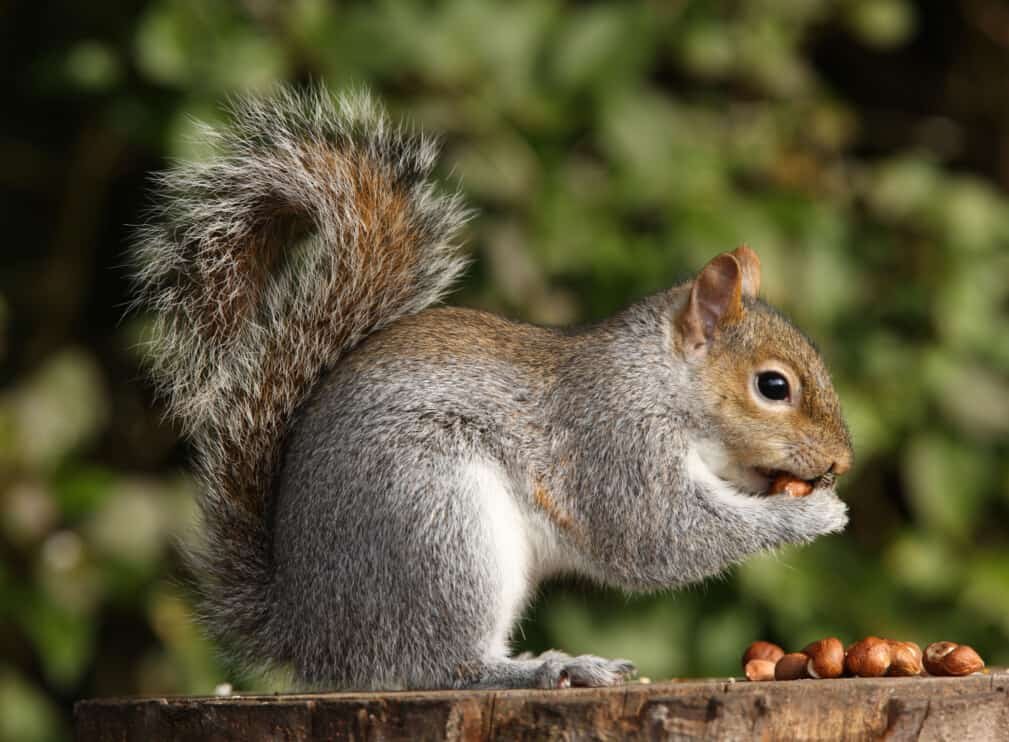Introduction: The Uninvited Garden Guests
Gardening enthusiasts often find themselves in a constant battle against squirrels, those agile and persistent critters that seem to have a particular fondness for flower pots. These mischievous creatures can wreak havoc on delicate plants, digging up seeds, snacking on bulbs, and leaving behind a trail of destroyed flowers and upturned soil. Protecting your garden from squirrel invasions not only preserves your hard work but also fosters a healthier, more tranquil environment for your plants to thrive. In this comprehensive guide, we will explore effective strategies to squirrel-proof your garden, ensuring your flower pots remain untouched and your green haven stays serene.
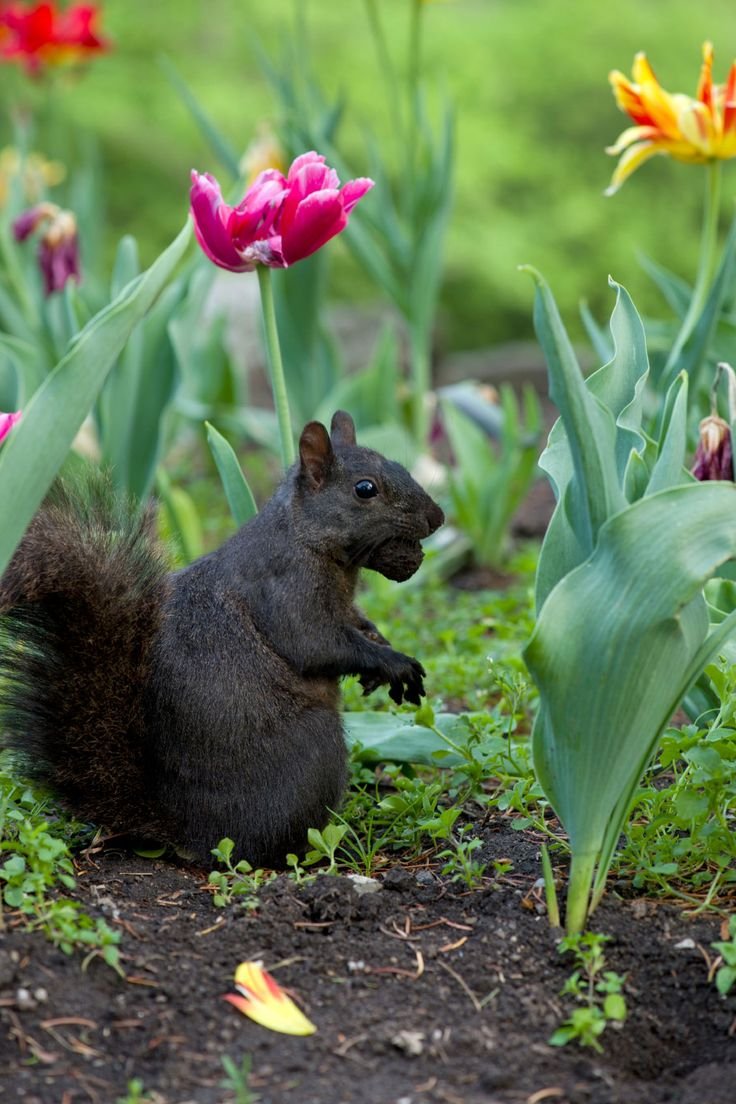
Understanding Squirrel Behavior: The Key to Effective Prevention
Before implementing any deterrents, it’s essential to understand what attracts squirrels to your garden in the first place. Squirrels are primarily drawn to food sources, including seeds, nuts, fruits, and flower bulbs, which they either consume immediately or bury for later. They also seek shelter in gardens, using dense foliage or pot arrangements as hiding spots. Recognizing their motivations can guide you towards targeted prevention measures. For instance, keeping your garden clean of fallen fruit, nuts, and seeds can minimize attraction. Additionally, understanding their agility and problem-solving skills reminds us that simple solutions like basic netting might not suffice; we need more sophisticated tactics.
Physical Barriers: Fortifying Your Defenses
One of the most straightforward approaches to squirrel-proofing your flower pots is through physical barriers. Covering pots with wire mesh or chicken wire can create an impenetrable shield around your precious plants. Ensure the mesh is securely fastened to the pot’s rim and extends below the soil surface to prevent squirrels from digging underneath. Alternatively, consider elevating your pots on pedestals or hanging baskets, making them less accessible. Suspend them at least five feet off the ground and away from any climbable structures, as squirrels are excellent jumpers and climbers. Remember, the goal is to make access so difficult that the effort outweighs the reward.

Natural Repellents: Using Nature’s Arsenal
Nature itself provides a range of squirrel repellents that are safe for the environment and non-toxic to animals. Sprinkling natural deterrents like cayenne pepper, dried blood meal, or crushed red pepper flakes around and on top of the soil can discourage squirrels with their pungent odors and spicy tastes. Another option is to plant herbs like mint, lavender, or rosemary near your flower pots; these plants emit fragrances that squirrels tend to avoid. Rotate these repellents regularly, as squirrels can acclimate to consistent scents over time. Remember to reapply after rain and to use these methods responsibly, avoiding excessive amounts that could harm beneficial insects or pets.
Innovative Solutions: Embracing Technology and Creativity
Advancements in technology have introduced innovative squirrel deterrents, including motion-activated sprinklers and ultrasonic devices. Motion-activated sprinklers, when triggered, release a sudden burst of water, startling squirrels without causing harm. Position these devices strategically around your garden, ensuring they cover all potential entry points. Ultrasonic repellents emit high-frequency sounds unbearable to squirrels but inaudible to humans and most pets. However, note that their effectiveness varies, and squirrels may eventually adapt. Combine these tech-based solutions with traditional methods for maximum impact.
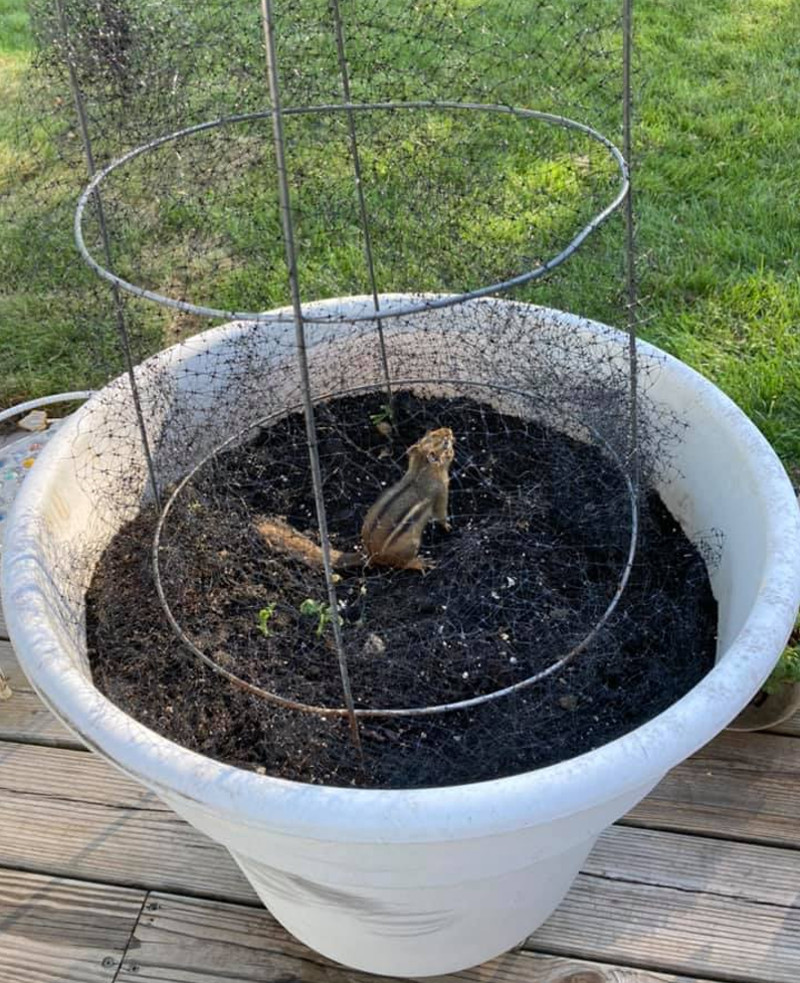
Taste Aversion Techniques: Teaching a Lesson
Sometimes, the best defense is a good offense that conditions squirrels to associate your garden with unpleasant experiences. Try coating bulbs in a mixture of spicy sauce or a commercial taste deterrent before planting. When squirrels take a bite, the unpleasant flavor teaches them to avoid similar food sources in the future. Similarly, offering a sacrificial feeding area filled with squirrel-friendly treats like corn cobs or squirrel blocks can divert their attention away from your flower pots. By satisfying their hunger elsewhere, you reduce their incentive to invade your garden.
Maintaining a Balanced Ecosystem: Coexistence Over Conflict
While deterring squirrels is a priority, it’s crucial to remember that they play a vital role in our ecosystems, helping with seed dispersal and maintaining biodiversity. Strive for a balanced approach that respects their presence while protecting your garden. Encourage natural predators like hawks and owls by installing nesting boxes or maintaining a habitat that supports these species. Planting native trees and shrubs can also provide alternative food sources and habitats, reducing squirrel pressure on your flower pots.
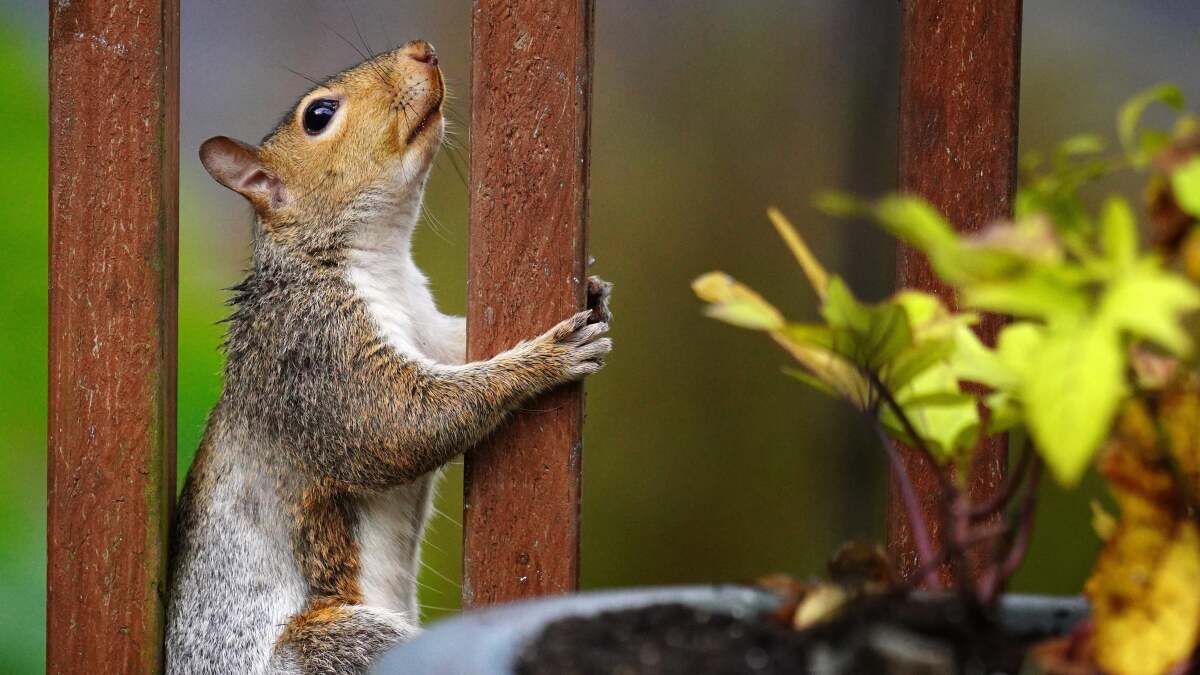
Community Efforts and Local Regulations: Strength in Unity
Addressing a squirrel problem often requires a collective effort, especially in urban or suburban areas where populations can be dense. Engage with neighbors to synchronize squirrel-proofing efforts, creating a less inviting landscape overall. Moreover, familiarize yourself with local wildlife regulations, as some areas prohibit certain types of traps or repellents. Collaborate with local wildlife management services for advice tailored to your region’s specific laws and squirrel species.
Monitoring and Adaptation: An Ongoing Process
Squirrel-proofing your garden is not a one-time task but an ongoing process that requires patience, observation, and flexibility. Regularly inspect your defenses for weaknesses and monitor squirrel activity to gauge the effectiveness of your methods. Be prepared to adjust strategies as needed, whether it’s switching repellents, reinforcing barriers, or trying new technologies. By staying vigilant and responsive, you can stay ahead in this garden.
Innovative Strategies for Squirrel Management: Combining Tradition with High-Tech
As we delve deeper into the realm of squirrel management, it becomes apparent that a multi-faceted approach yields the best results. Integrating time-tested techniques with cutting-edge technology ensures a comprehensive strategy that addresses squirrel intrusion effectively.
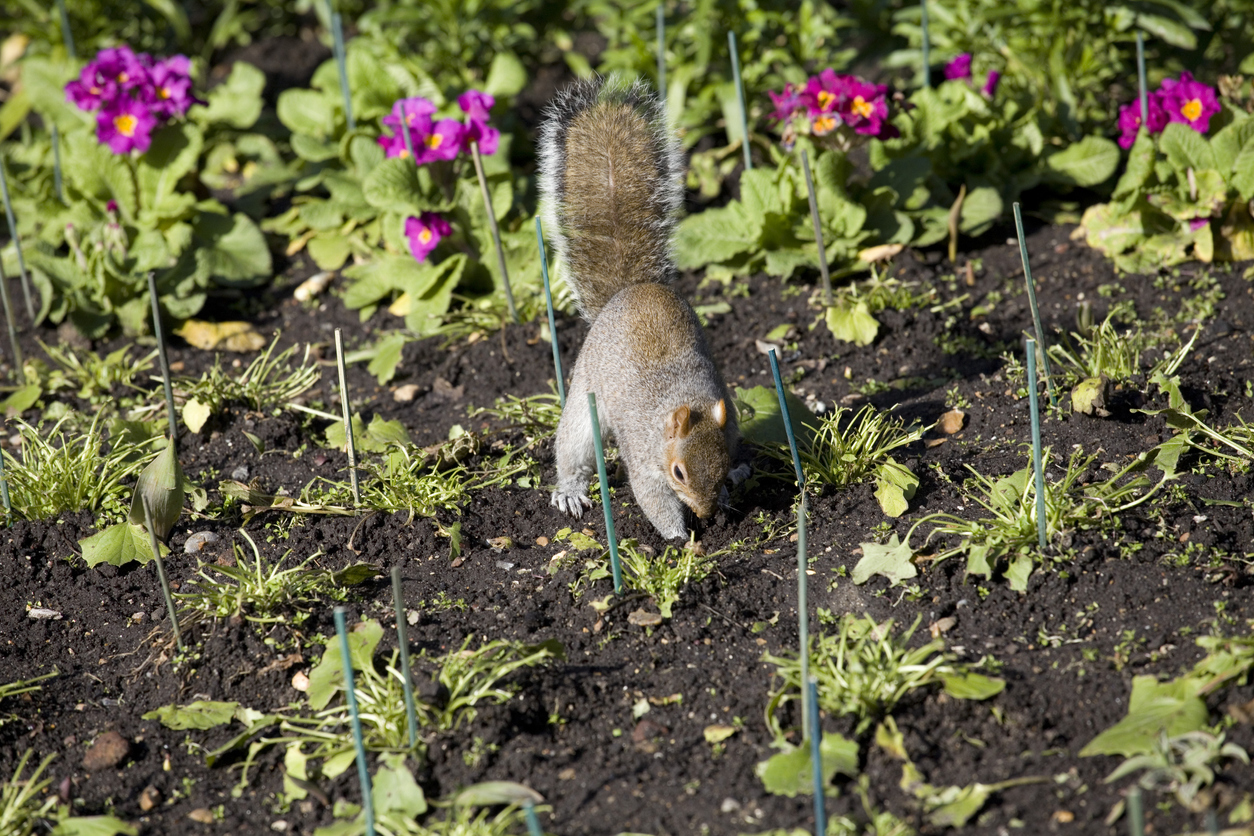
Smart Garden Design: Nature-Inspired Barriers
Landscape architecture offers creative solutions for squirrel deterrence. Incorporate physical barriers such as wire mesh or chicken wire around vulnerable plants, burying it a few inches deep to prevent digging. Use natural elements like dense shrubbery or thorny plants to create barriers that are aesthetically pleasing yet uninviting to squirrels. Consider designing raised garden beds, which not only make gardening easier but also serve as a deterrent since they’re harder for squirrels to access.
In conclusion, safeguarding your flower pots from squirrels demands a multi-faceted strategy that integrates physical barriers, natural repellents, innovative technologies, taste aversion, ecosystem balance, community collaboration, and ongoing adaptation. With persistence and creativity, you can transform your garden into a sanctuary where both plants and wildlife can coexist harmoniously, albeit with clear boundaries. After all, a garden isn’t just about cultivating beauty; it’s about nurturing a thriving ecosystem that respects every creature’s place within it.
